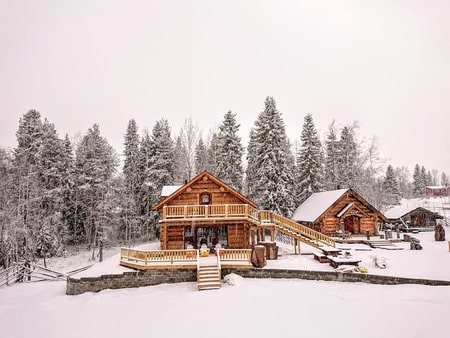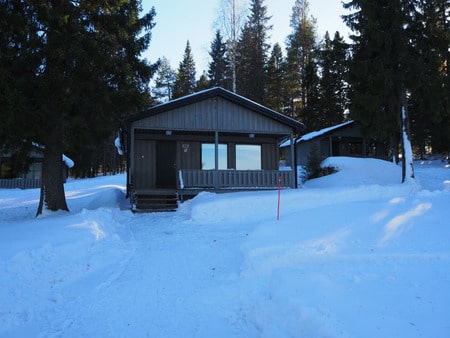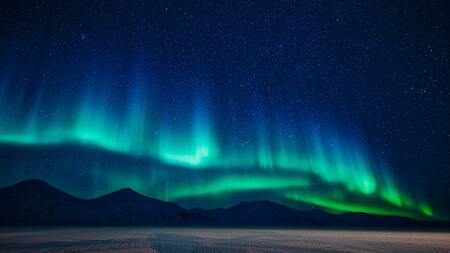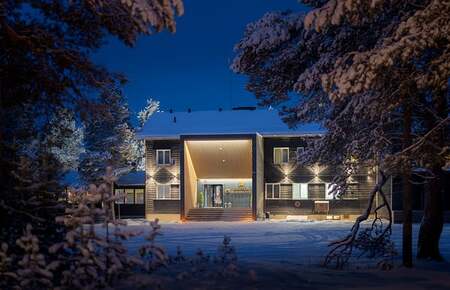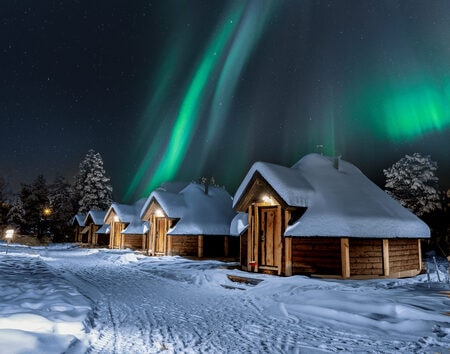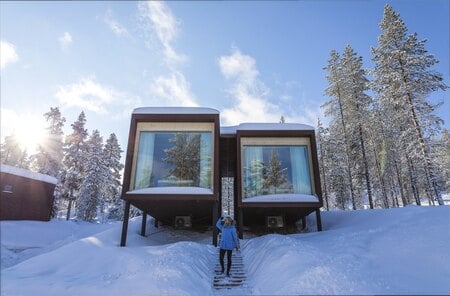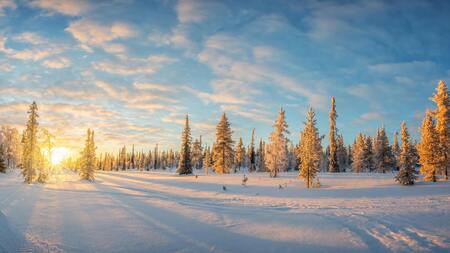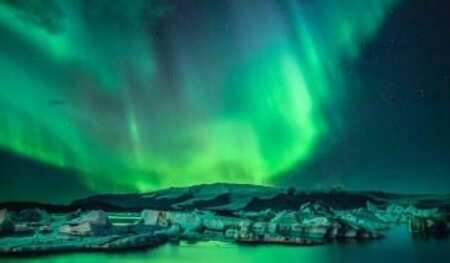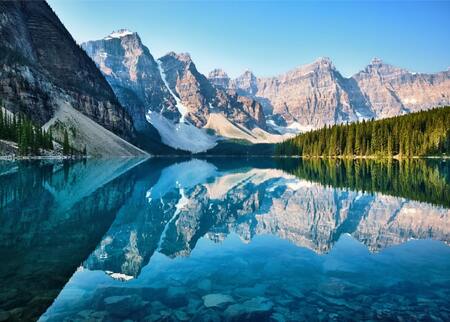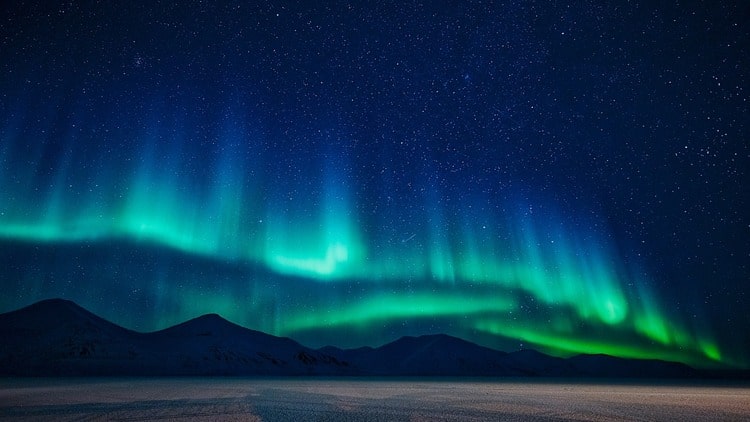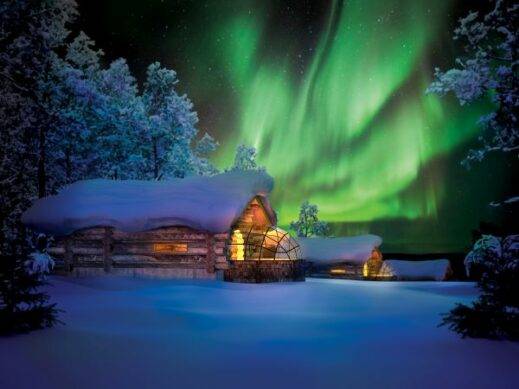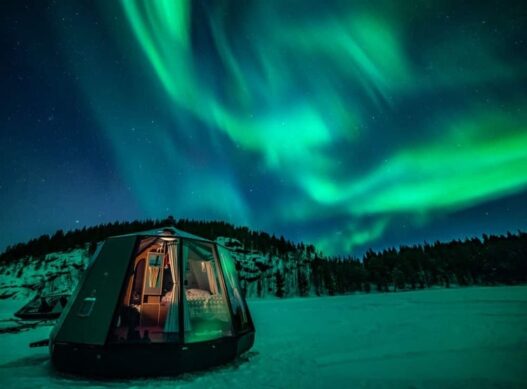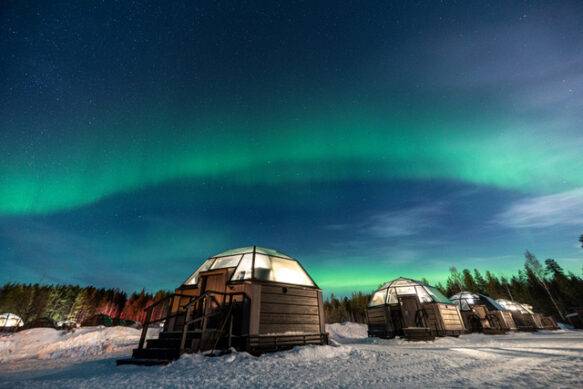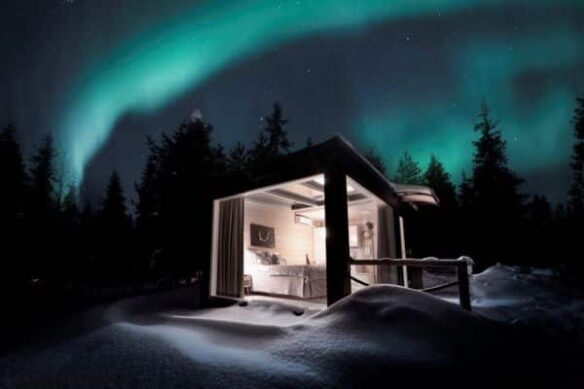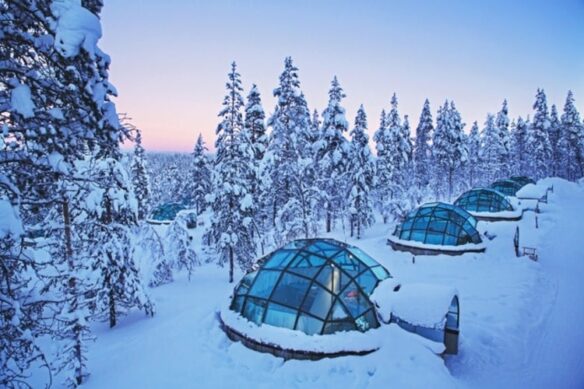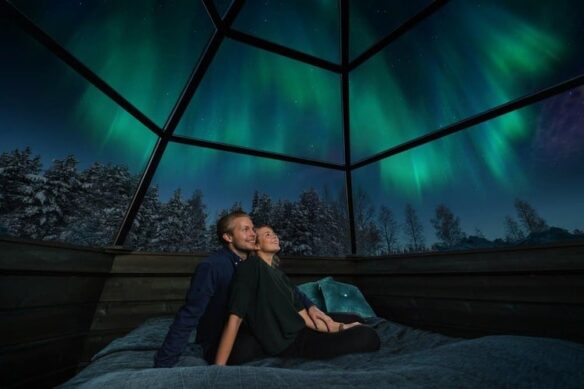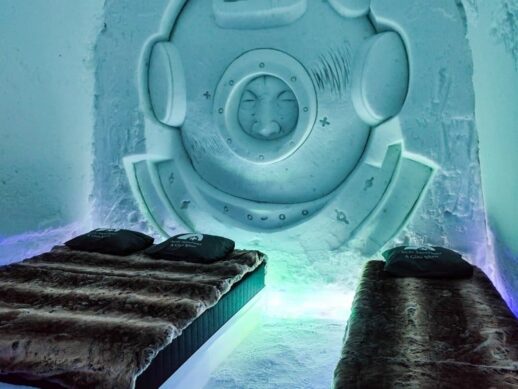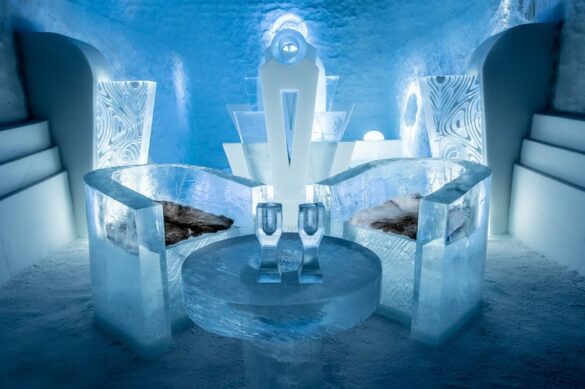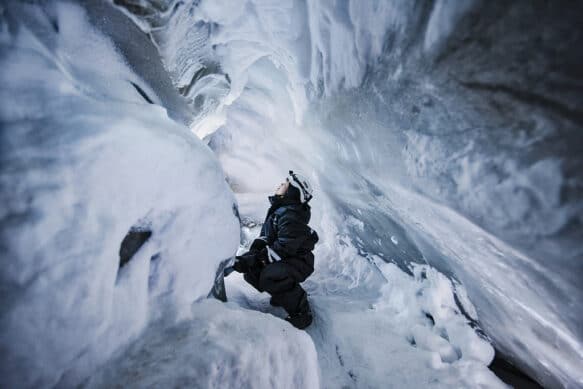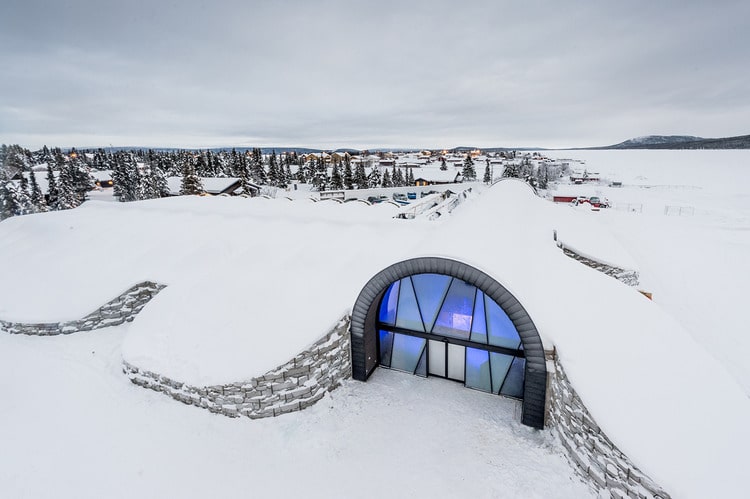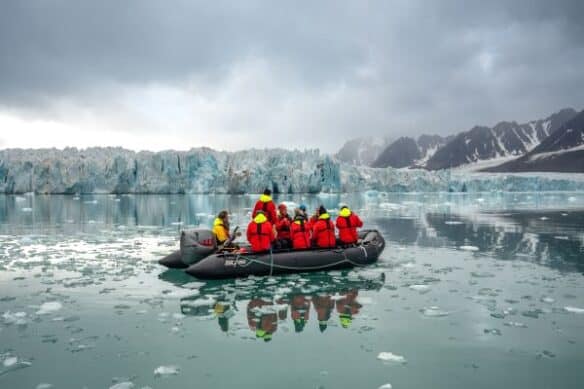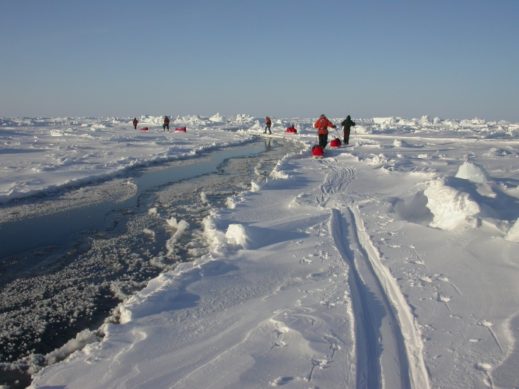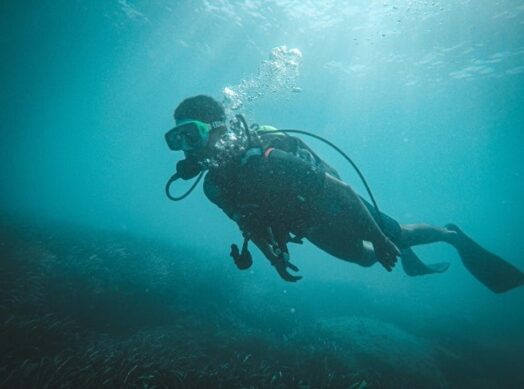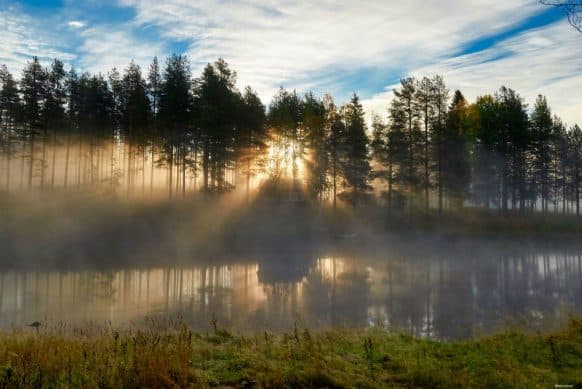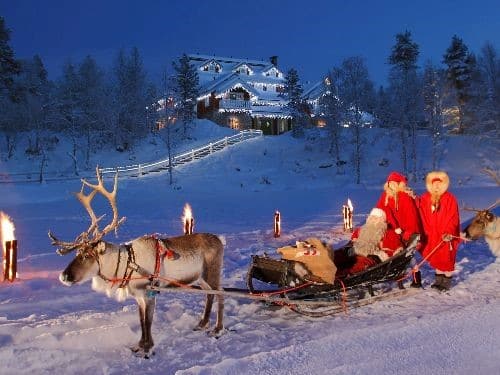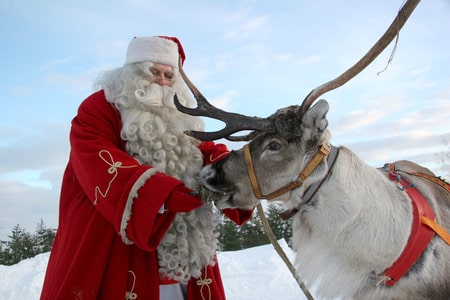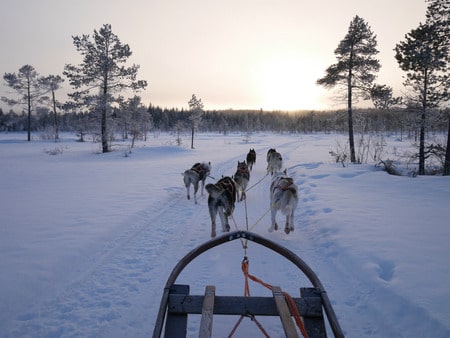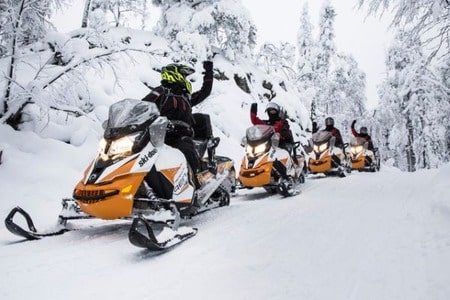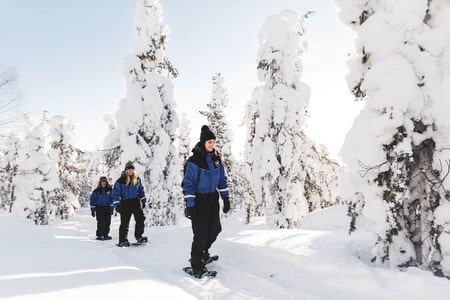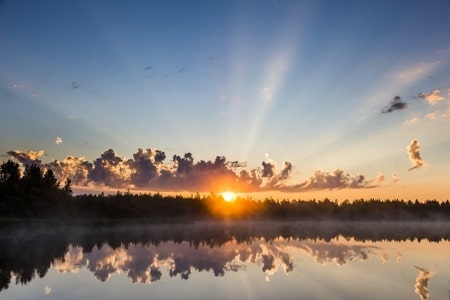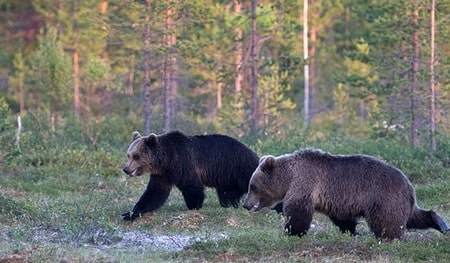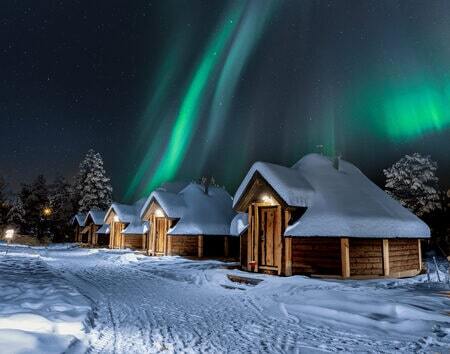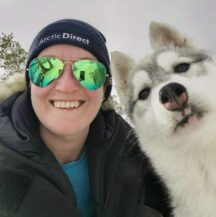When is the best time to see the Northern Lights? is the most asked question we get here at Arctic Direct. Subsequently we have decided to put together this definitive guide of knowledge obtained over the last 15 years to help you with planning your trip.
3 Factors for when the Best Time to see the Northern Lights is
There are 3 main factors to consider when planning a Northern Lights trip that will maximise your chances of seeing the Northern Lights. These are Time, Location and Place.
While they are all important here we will look at Time.
Time
Within time there are 3 further factors – time in the solar cycle, month and time of day.
Solar Cycle
The sun’s solar cycle or magnetic activity is an 11 year cycle when the sun can be more or less active. Since the Northern Lights are formed when the ions from these magnetic storms interact with the Earth’s atmosphere this will help determine if a year, overall, has more or fewer Northern Lights displays. At the moment the next solar cycle is predicted to have started in December 2019. However it will be late in 2020 before this can be confirmed. Fear not though, even on lower cycle years it is still possible to see good Northern Lights displays if the other elements are correct.
Month
Depending on your latitude the Northern Lights can be seen from the last few days in August to about the middle of April. The days need to be short enough to get dark skies – the Northern Lights will be there all year but they can’t be seen when the sky is light! We know this as in the Northern Hemisphere’s summer the Southern Lights can be seen in Antarctica. The peak months tend to be September and March – which are close to the equinox and there is usually more solar activity. September is great for those people who are not too keen on snow and the traditional winter activities. March is good for those who do want a little more daylight hours and would like snow activities like husky sledging.
September
The start of the Northern Lights season, tends to have good Aurora displays and activities can include berry picking, husky carts, quad biking, fat biking and hiking. Boat trips are also possible at some resorts. The days are still long so Northern Lights displays tend to be late at night/early in the morning.
October
The days are getting shorter and some resorts will start getting snow in the latter part of the month. Activities are mostly still based around non-snow activities and water activities will usually stop as the water starts to freeze.
November
By mid-November most resorts will have snow and the shorter winter activities will start. Some flexibility is needed in November as if the weather is warmer then activities may need changing. However November does tend to be cheaper than the rest of the winter months.
December
The most popular month for winter breaks December is usually more expensive – particularly towards Christmas and New Year. The days are very short and there can tend towards a lot of snowfall. This is very pretty but the cloud cover means there is a slightly lower chance to see the Northern Lights – you can’t see them through the clouds!
January
January is a great month for the Northern Lights. Prices go down at most resorts there are still fairly short days meaning long dark evenings to look for the aurora and there is good snow cover
February
Another great month but also one that is usually more expensive as demand pushes prices up. There is still usually great snow cover and mid length days means it is good for longer activities whilst still having plenty of evening time to look for the Northern Lights
March
In our opinion March is the best time to see the Northern Lights. Almost all resorts will usually have good snow until at least the end of the month and there is usually less cloud cover. The proximity of the Solar equinox will also lean towards making better Northern Lights displays. It is our guides’ favourite time. The resorts are quieter and the Northern Lights are frequently on show.
April
The end of the Northern Lights season – the first week or two of April it is still possible to see the Northern lights in many months although this will be late at night or in the very early hours of the morning. Snow is starting to melt but most activities will still be available.
Time of day
Depending on the time of year you go it is usually best to keep an eye on the sky between 2000 – 0000 from Late November – late January. If you are travelling October – November or February – March then from around 2100 – 0100 will be best. In September and April the best times are 2200 – 0200.
Patience is the key and you maximise your chances by staying outside. Activities or resorts with a comfortable outdoor space will make this more fun and enjoyable. Staying outside allows your eyes to adjust to the dark. This means you will be more likely to see a faint display. If you have an SLR camera and a tripod then you can use a long exposure to take pictures of the sky. An SLR on a 30 second exposure will show a faint display before it is visible to the naked eye. This means you know where and when to look!
Have a look at our range of Northern Lights Holiday packages for your next adventure.
Our favourite Northern Lights Forecast tool.
Or call one of our Northern Lights experts to discuss your requirements tel:01793752532


